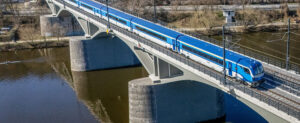On the rails across France
Exploring France by train is easily doable because the French make it so easy. The country is well served by an extensive network of rail services.
There are regional services operated by SNCF, the French railway operator. Additionally, there are two TGV (Train Grand Vitesse) services, both owned by SNCF.
InOui is the rebranded TGV service operating high-speed trains to most of the countries major cities.
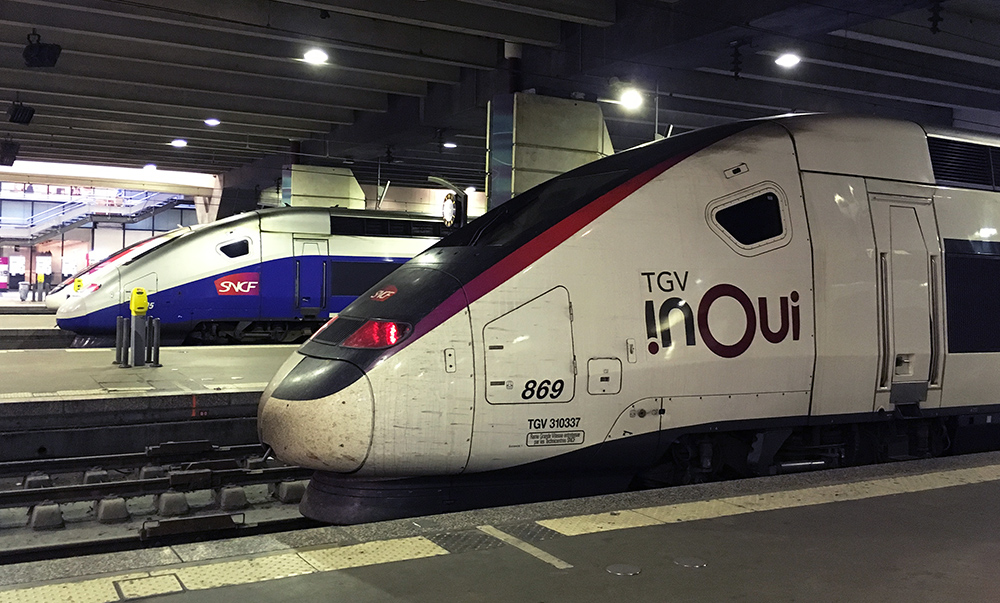
OuiGo is the no-frills brand of TGV. It doesn’t always serve the main stations of a city, nor is it timetabled at convenient times. Like the budget airlines, you pay for everything extra. There is only one class and no food served on board. However, you can travel from Paris to Marseille for only €19 one-way.
Not only can you visit France by train but, using OuiGo, you can do so on a budget.
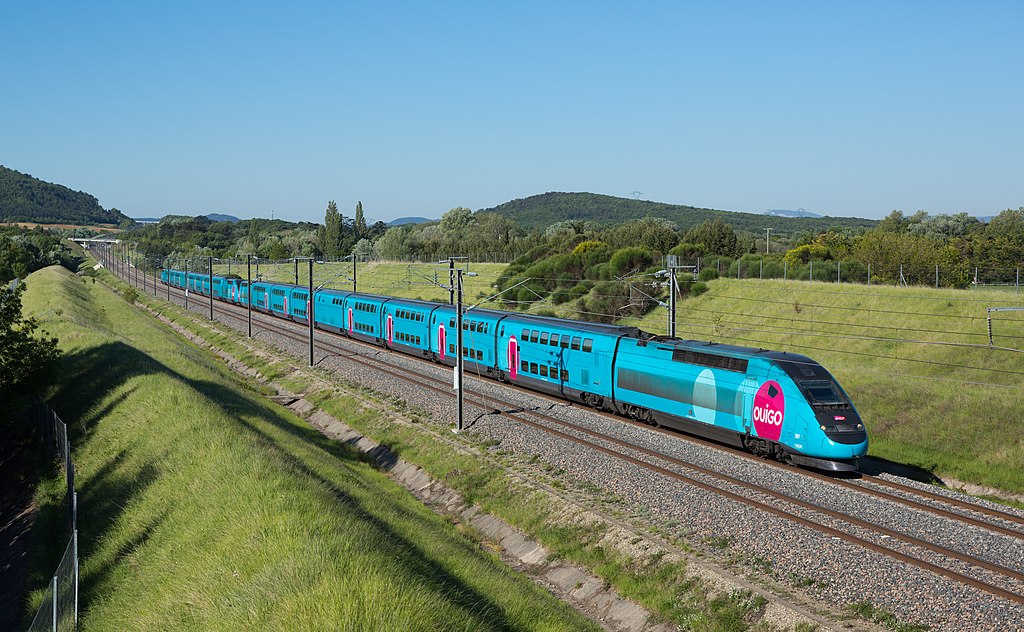
Using Eurostar you can easily reach Paris from London and from there the rest of France. Other European hi-speed services also serve Paris from their own capitals making train travel a serious rival to airlines routes to major French cities. It is easy to explore France by train from anywhere in Europe.
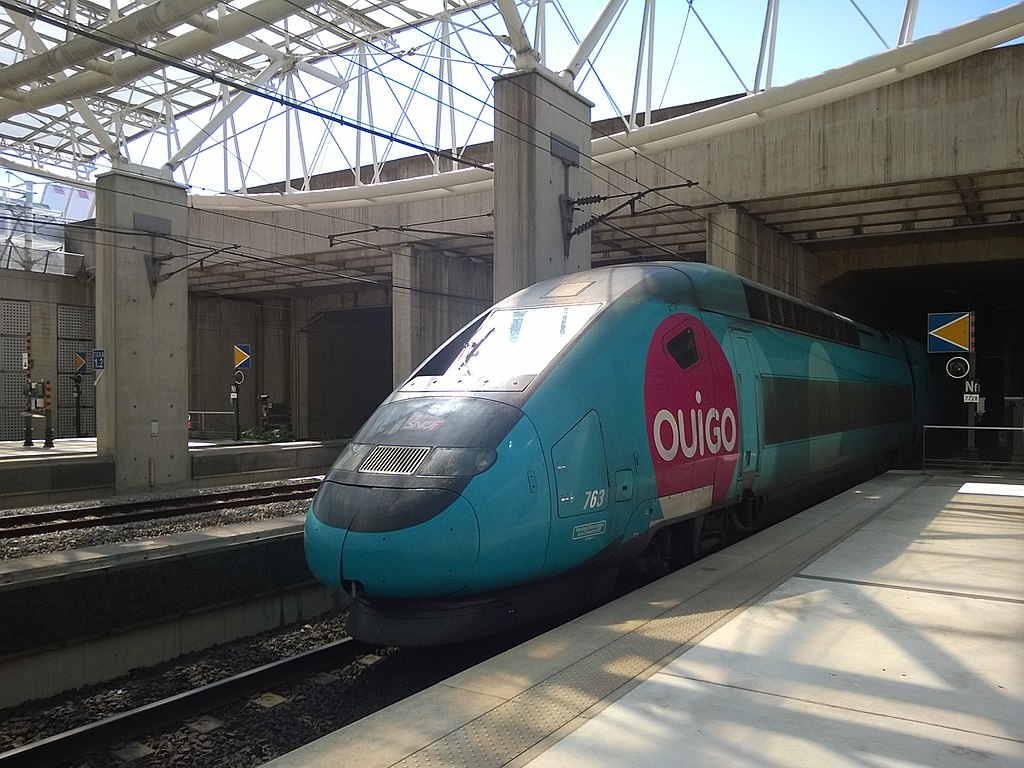
The mountains, the coasts, the chateaux, the wine-producing areas, the WW1 battlefields and the cities are all connected by train. In this post, I will look at seven cities served by trains. There are of course many more that I will endeavour to cover at a later date.
Lyon
They say that if Paris is the heart of France then Lyon is its stomach. It certainly is a gastronomic destination and you cannot visit Lyon without sampling some of its many restaurants. From the simple fayre served well in the bouchons to the Michelin starred restaurants there is good food for every pocket.
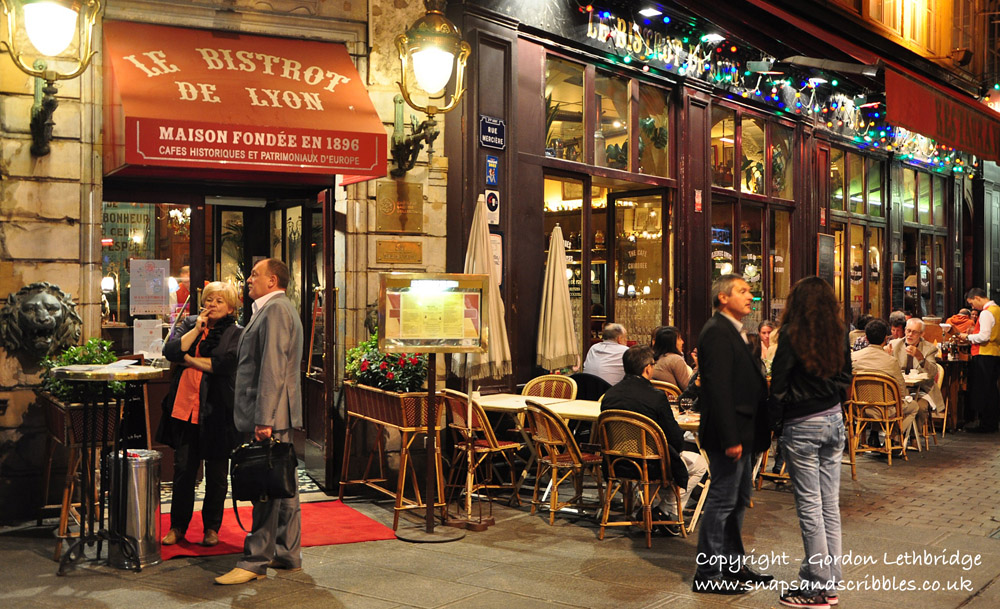
Wandering around Old Lyon exploring the hidden passages or traboules is a great way to spend an afternoon. There are numerous murals right across Lyon and searching them out is a great way to explore the city. Lyon surprises; it has plenty of wide-open squares and parkland and a thriving cultural scene, both classic and contemporary. It is a destination in its own right and not just a stop on the route south. If you are visiting France by train then Lyon is a must.
Nice
Swanky classic hotels to stay in, the Promenade des Anglais to wander and be seen and great places to eat are all part of the stereotypical image of Nice. Always popular with artists Nice has museums devoted to Matisse, Marc Chagall and modern and contemporary art.
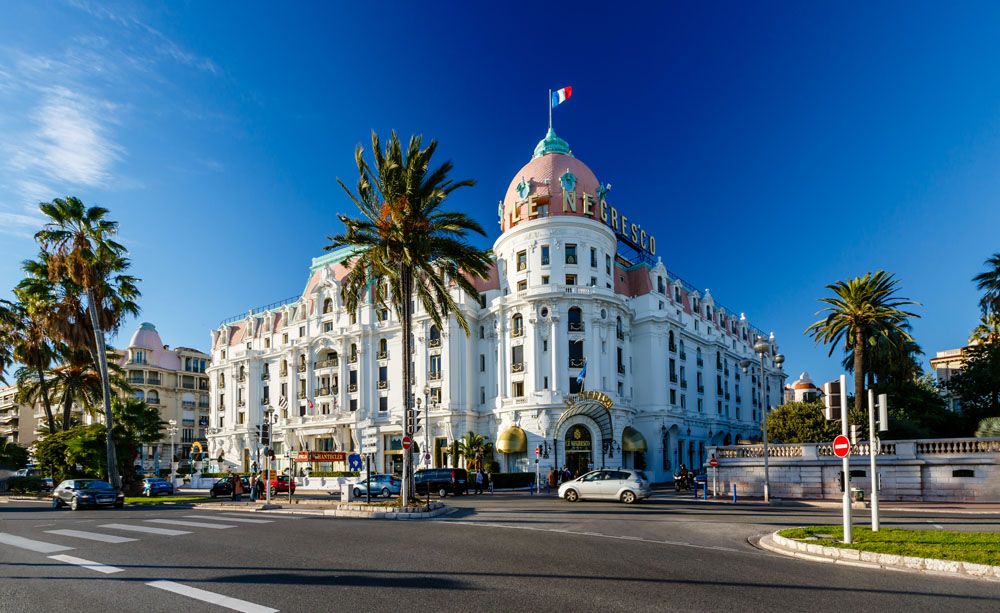
For those wanting to explore a little more Vieux Nice is the place to explore. Wandering up to the chateau, an area of parkland and ruins noted for its extensive views, takes you through narrow cobbled streets with great little cafes, boutiques and shops and restaurants serving and selling the olives that bear the city’s name. The Flower Market is one of the best known in France and is best visited early in the morning when the flowers are at their best and most numerous.
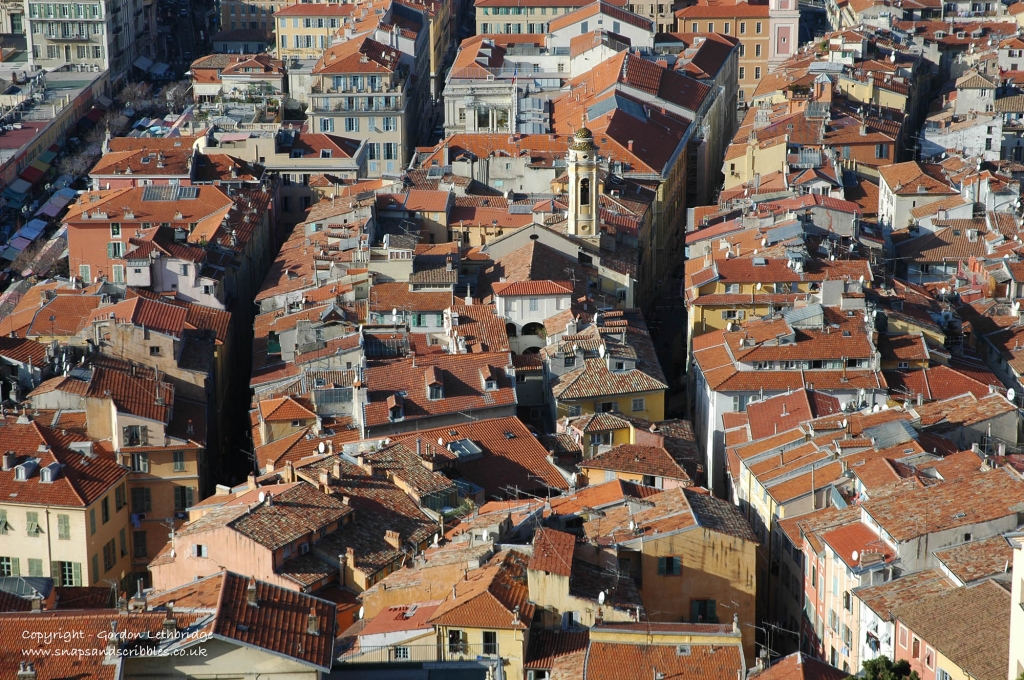
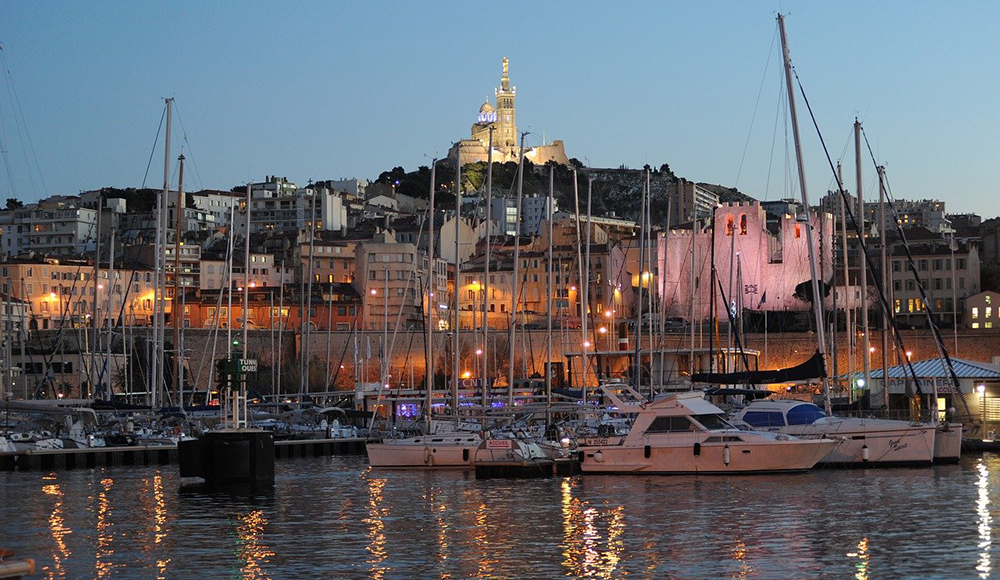
Marseille
Marseille is a Mediterranean port city that has a history stretching back millennia to around 600BC. The city has always been an important trading port being situated at the mouth of the Rhône and is still important today. The Vieux-Port or Old Port is one of the biggest tourist draws of Marseille with its old quays, waterside cafes and restaurants. There is a daily fish market on the Quai des Belges at the end of the harbour. The modern architecture of the Musée des Civilisations de l’Europe et de la Méditerranée (MuCEM) is very striking and can be reached by footbridge from Fort Saint-Jean.
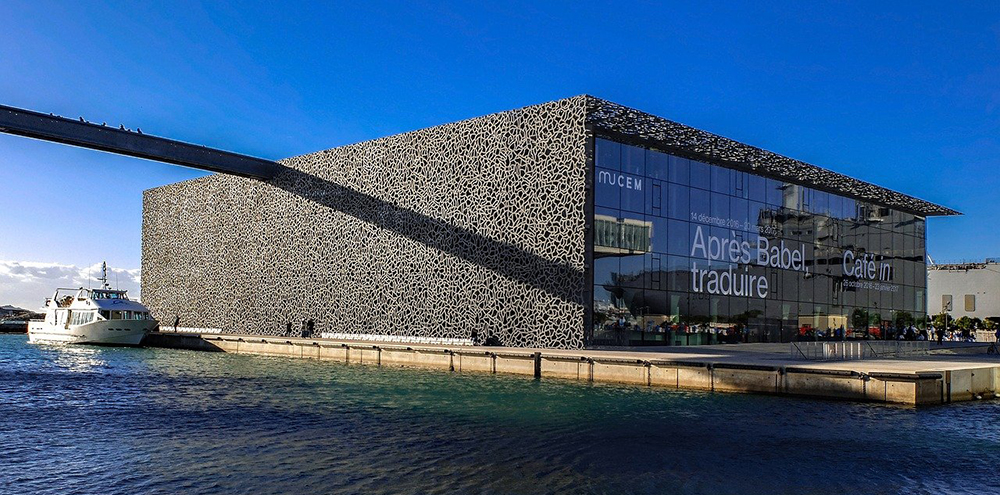
The centre of Marseille around the Vieux-Port is a delight of alleyways and crammed full of churches and cathedral. On the hill overlooking the city is the Basilica of Notre-Dame de la Garde where the views across the city from the terrace are second to none.
In the Bay of Marseille is the island fortress of Chateau d’If, one of the settings for the novel The Count of Monte Cristo by Alexander Dumas.
Strasbourg
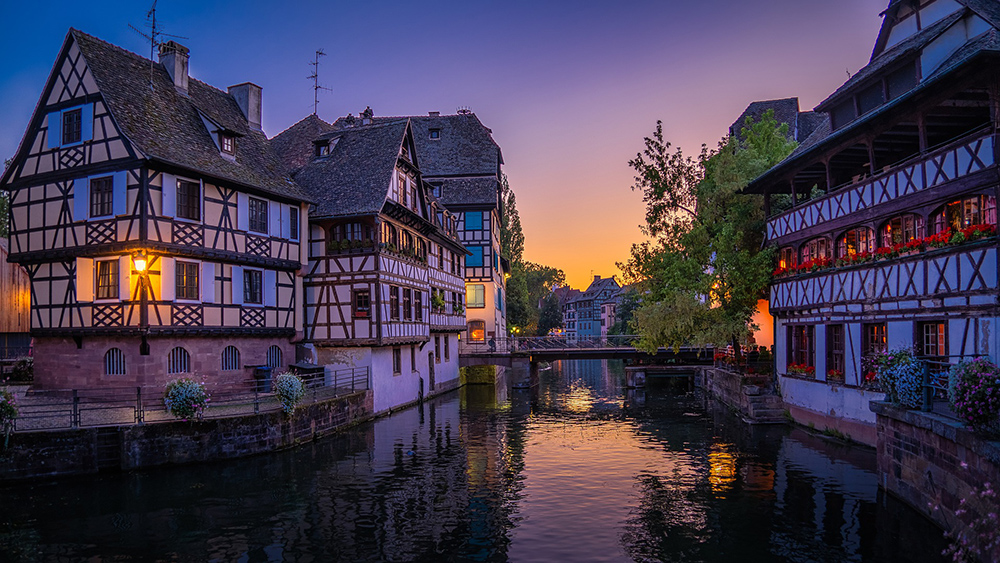
Strasbourg is well-known for being the headquarters of a number of European institutions, most notably the European Parliament and the European Court of Human Rights. It is also famous for its historic centre on the Grande Île with the half-timbered houses typical of Alsace region of France and its towering cathedral. The district known as Petite France is home to some of the prettiest and most photogenic narrow cobbled streets especially from spring onwards when the half-timbered houses are bedecked with flowers.
A great deal of Strasbourg is pedestrianised and is easily explored on foot or by bike. Some of the canals can be toured by boat.
Bordeaux
The region around Bordeaux is famous for its wines and indeed the port on the River Garonne grew rich on the wine trade. Much of the city’s architecture reflects this. The Grand Theatre du Bordeaux is an indication that the arts found wealthy patrons. The ornate and magnificent Fontaine des Girondins is also an indication of the wealth enjoyed by Bordeaux. There are several expansive squares and sweeping boulevards to explore as well as smaller older streets with unique boutiques and shops.
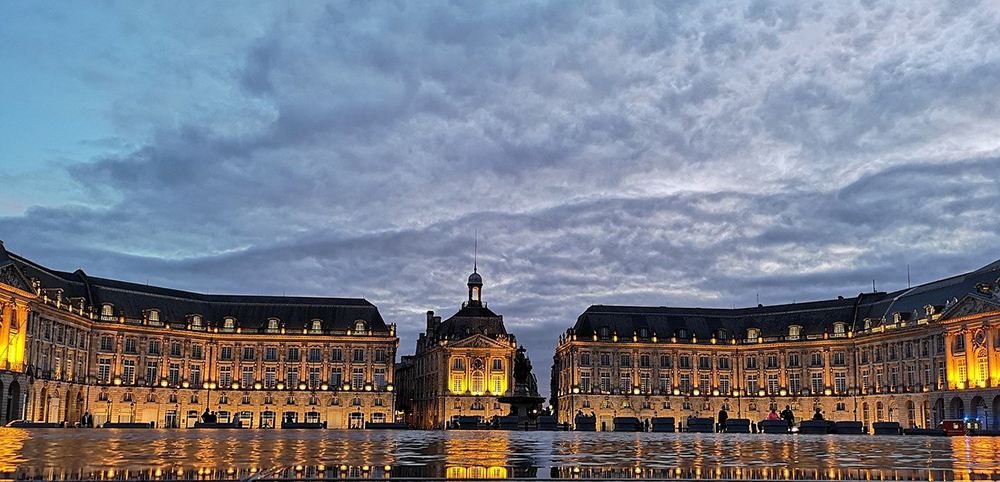
Bordeaux may have made its name on the back of the wine trade but the port also traded in other goods, mostly from the Americas and the Caribbean. Cocoa was imported in large quantities and as a result, confectioners began making chocolate. Bordeaux is a chocoholics paradise with more chocolatiers per square kilometre than anywhere else in France. The three best are within a short walk of each other.
The Cité de Vin, recently built on the banks of the Garonne, is a museum and exhibition space on the theme of the regions most famous liquid.
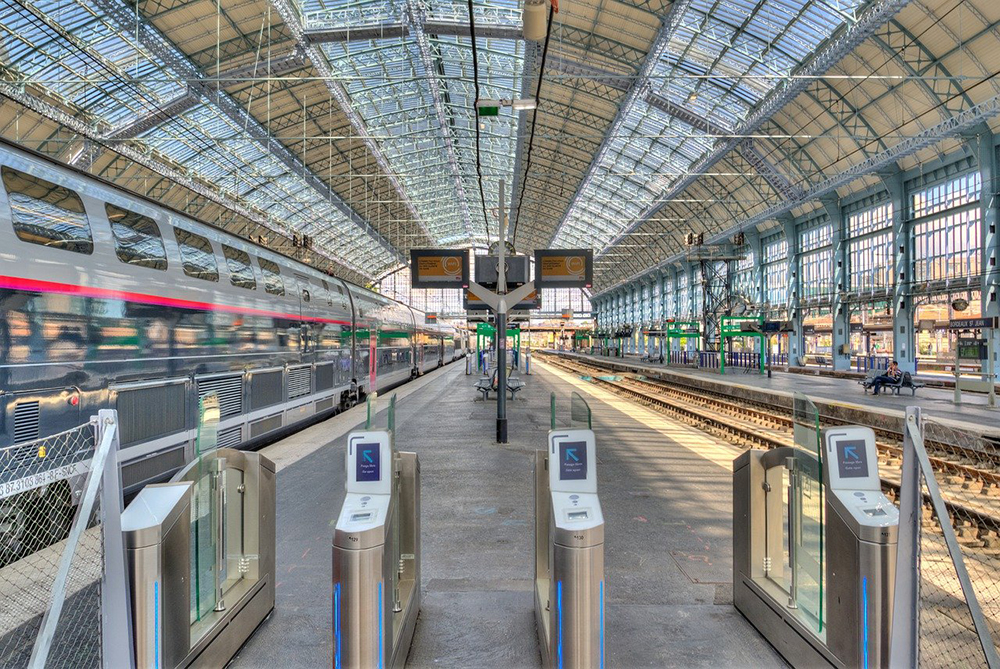
Biarritz
The resort of Biarritz was a favourite with the royal families of Europe at the end of the 19th century. Napoleon built a palace here for his wife Eugenie which is now the grand Hotel du Palais. Biarritz is at the southern end of France’s long Atlantic coast where the Pyrenees begin to dip their feet into the sea. Its many beaches, casinos and the bracing sea air are what attracted the nobility a century ago and still appeal today. The clientele may have changed but Biarritz still offers the feel of elegance by-the-sea and is much more laid back alternative to the Mediterranean cities currently in vogue.
Among the places to visit is the wonderful chocolate museum. Not only does it chart the history of chocolate and its introduction to French soil in nearby Bayonne by expelled Spanish Jews but also displays numerous chocolate sculptures. On the subject of chocolate it is worth sampling the chocolate drink Empress Eugenie loved; a slightly spicy thick hot chocolate served in the sumptuous surrounds of the lounge in the Hotel du Palais.
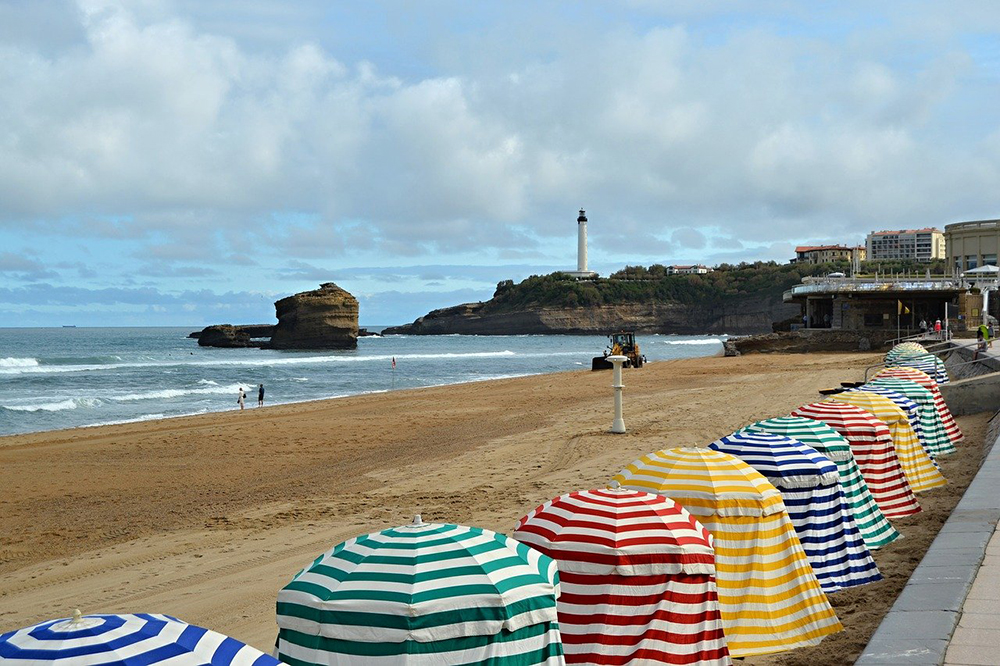
Tours
Tours is often seen as the gateway to the chateaux of the Loire Valley and most visitors pass quickly through. It is a city worth visiting in its own right. The city has a well preserved historic centre with half-timbered houses on the Place Plumereau with plenty of cafes to relax and soak up the atmosphere. Also in the centre are the cathedral, the Basilica and Tours own 11th Century chateaux. There are a number of gardens to visit including the Botanical Gardens and among the many summer markets on the banks of the Loire is a flower market. A couple of museums worth visiting are the unique Museum of Journeymen and the Musee des Beaux-Arts.
Explore France by Train
Whether it is the Mediterranean or the Atlantic you want; the Chateaux of the Loire; gastronomy of Lyon; or quaint architecture you’ll find it on France’s high-speed rail network. Go ahead, make tracks; explore France by train.


